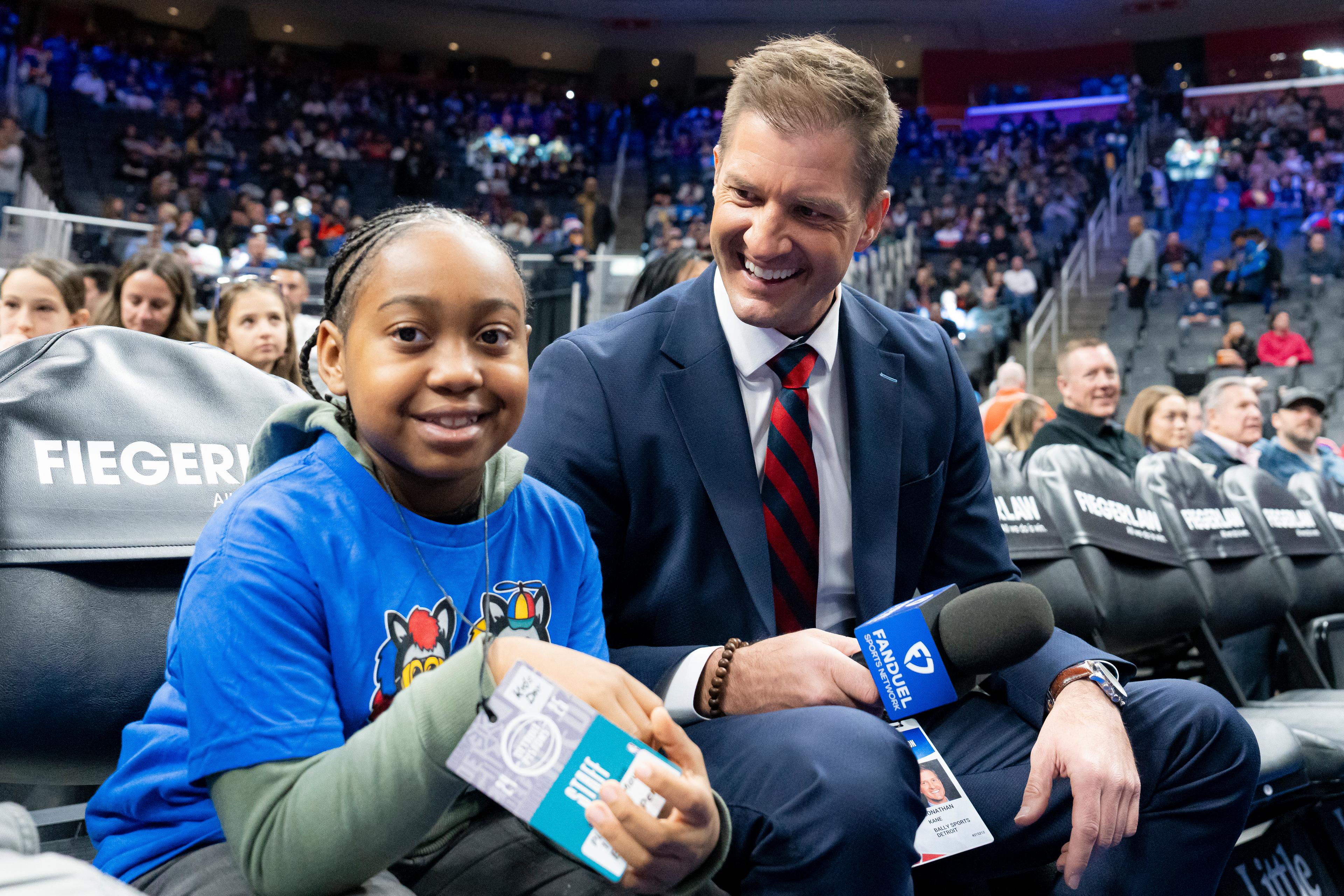What Families Need to Know About the ADHD Medication Shortage

Dr. Kristyn Gregory, D.O.
| 4 min read
Dr Kristyn Gregory, D.O., is a former medical director at Blue Cross Blue Shield of Michigan. Dr. Gregory is a native Michigander and a graduate of medical school at Midwestern University in Chicago. She completed her adult psychiatry residency at Henry Ford Detroit Michigan, and child and adolescent psychiatry fellowship at Wayne State University. She is a diplomate of the American Board of Psychiatry and Neurology.

There is no end in sight for the nationwide shortage of stimulant medication used to treat Attention-Deficit/Hyperactivity Disorder (ADHD). The shortage has plagued U.S. families for close to two years since being announced in October 2022. The most prominent drug affected by the shortage is Adderall, which effectively increases focus and concentration in people diagnosed with the disorder.
The lack of ADHD medication has led to struggles in the classroom for students, in some cases resulting in:
- Difficulty concentrating
- Difficulty sleeping
- Worse behavior due to a decreased ability to control impulses
The shortage has also left people who consistently took the medication susceptible to withdrawal symptoms like changes in mood, irritability, nausea, vomiting and more.
What caused the ADHD medication shortage?
There isn’t one single cause of the shortage, which includes supplies of dextroamphetamine-amphetamine, methamphetamine and methylphenidate. But an increase in prescriptions contributes to it.
The Federal Drug Administration (FDA) states that a shortage in active ingredients is a contributing factor, while also blaming manufacturers for contributing to the shortage, claiming they were not using up their allocations of controlled substances like amphetamines.
The increased focus on mental health during the COVID-19 pandemic also led to a bump in prescriptions. A 2024 study that surveyed the National Prescription Audit database found an overall increase in behavioral health prescriptions. The most notable increases were Class II stimulants and nonstimulant ADHD medications in patients 20-39 years old, with a 30% increase and 81% increase, respectively. More flexible prescribing practices that began during the pandemic may be attributed to a rise in virtual visits and online prescribing.
When could the shortage potentially end?
At least one manufacturer announced in late May that all of its Adderall products would become available in June. While that news may provide some relief, supply is still constrained nationwide. Some products affected by the shortage could return by September, according to drug shortage information reported to the FDA’s website, however, timelines are always subject to change. Historically, when shortages end, new ones begin with a different manufacturer of the same medication, so families relying on ADHD medication will likely be affected beyond September.
What can families do to mitigate the struggles presented by the shortage?
Parents should consider talking with their child’s doctor. There may be options to manage shortages on an individual basis, which could possibly include:
- The recommendations of specific pharmacies that regularly have the needed stimulant medication in stock based on other patient experiences.
- The option to prescribe lower doses or brand names in the interim for products that are more regularly available.
- The recommendation of a medication switch to a stimulant not on the FDA shortage list.
Parents of children with ADHD could reach out to their child’s school and discuss support options. This can range from instituting daily report cards and planners to meeting with a counselor about study skills. Some students attending publicly-funded schools may be eligible for a 504 plan, which lists the accommodations a school will provide – like audiobooks, note-taking aids, or extended time to complete tests – so that a student with a physical or mental disability has equal access to the general education curriculum.
Additionally, behavior therapy is an effective treatment option for children with ADHD and can help them set clear and reasonable goals, including staying focused on homework for a certain period of time and sharing toys with friends.
The following techniques can help anyone affected by the shortage manage their ADHD:
- Spending time outside: even 20 minutes under sunlight in a natural setting can improve concentration and focus.
- Mindfulness activities: these can help people with ADHD regulate the emotions and stressors linked to their condition, while identifying what’s around them using their five senses. Ideas include controlled breathing, box breathing, body scan meditation, mindful eating and mindful walking.
Individuals may be tempted to skip doses of their medication during this time, but changing medication routines is not advisable. Instead, talk to a prescriber about trying generic dextroamphetamine-amphetamine or dexmethylphenidate doses in the interim. Try working with insurance providers regarding any prior authorization that may be required for a prescription. Many insurance plans may have accommodations for when there is a shortage such as adding more medications to coverage and for a similar co-pay, or instituting an approval process for medications that aren’t typically covered.
Dr. Kristyn Gregory, D.O., medical director of behavioral health at Blue Cross Blue Shield of Michigan. For more health tips and information, visit MIBluesPerspectives.com.
Photo credit: Getty Images
More from MI Blues:





